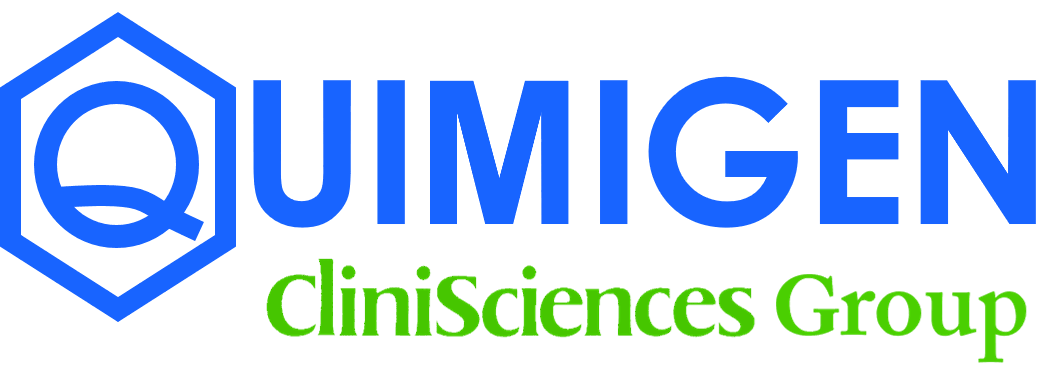Musculoskeletal diseases such as osteoarthritis, rheumatoid arthritis, osteoporosis, tendinopathies, and muscular dystrophies affect millions globally, leading to chronic pain, reduced mobility, and significant socioeconomic burden. As conventional treatments often focus on symptom management rather than repair, the spotlight has turned toward regenerative medicine — especially the use of primary cells — to restore damaged tissues and halt disease progression.
In this context, primary cells derived from musculoskeletal tissues offer a more physiologically relevant model than immortalized or engineered cells, making them essential tools in disease modeling, drug screening, and cell-based therapy development. Below, we highlight the most relevant primary cell types involved in musculoskeletal pathologies.
List of Key Primary Cells in Musculoskeletal Disease Research
| Primary Cell Type | Source Tissue | Main Function | Clinical/Disease Relevance | |||
|---|---|---|---|---|---|---|
|
Mesenchymal Stem Cells (MSCs) |
Bone marrow, adipose tissue, umbilical cord | Differentiate into bone, cartilage, muscle, and fat cells | Used in regenerative medicine for cartilage/bone repair, osteoarthritis, tendon injury | |||
|
Osteoblasts |
Bone tissue or derived from MSCs | Bone matrix formation and mineralization | Impaired in osteoporosis, involved in bone regeneration | |||
|
Osteoclasts |
Hematopoietic stem cells | Bone resorption | Overactive in osteoporosis, rheumatoid arthritis, bone metastases | |||
|
Chondrocytes |
Articular cartilage | Produce ECM (type II collagen, proteoglycans) | Central in cartilage degeneration (osteoarthritis), used in cartilage tissue engineering | |||
|
Synoviocytes (Type A & B) |
Synovial membrane | Type A: immune surveillance; Type B: secrete lubricants | Key players in joint inflammation (e.g., rheumatoid arthritis, synovitis) | |||
|
Satellite Cells (Muscle Stem Cells) |
Skeletal muscle (beneath basal lamina) | Muscle regeneration, support muscle repair | Targeted in muscle dystrophies, sarcopenia | |||
|
Tendon-Derived Stem/Progenitor Cells (TSPCs) |
Tendon tissue | ECM remodeling and inflammation modulation | Investigated for tendon healing (e.g., tendinopathy, rotator cuff injury) | |||
|
Fibroblasts (Joint, Muscle, Tendon) |
Connective tissues | ECM production, inflammation regulation | Drive fibrosis and chronic inflammation in joint/muscle diseases | |||
|
Nucleus Pulposus Cells (NPCs) |
Intervertebral disc (nucleus pulposus region) | Maintain disc hydration, resist compression forces | Degeneration linked to intervertebral disc disease and chronic back pain | |||
|
Cartilage Progenitor Cells (CPCs) |
Superficial zone of cartilage | Chondrogenic potential for cartilage regeneration | Potential source for cartilage repair and bioengineering | |||
|
Periosteal Progenitor Cells |
Periosteum (bone surface) | Participate in bone regeneration and remodeling | Important in bone fracture healing and osteogenesis | |||
|
Fibro-Adipogenic Progenitors (FAPs) |
Muscle interstitium | Support satellite cells; modulate fibrosis | Involved in muscle fibrosis and regeneration balance | |||
|
iPSC-Derived Musculoskeletal Cells |
Reprogrammed somatic cells | Can mimic primary cell types: muscle, bone, cartilage | Personalized cell therapy model, valuable in disease modeling |


